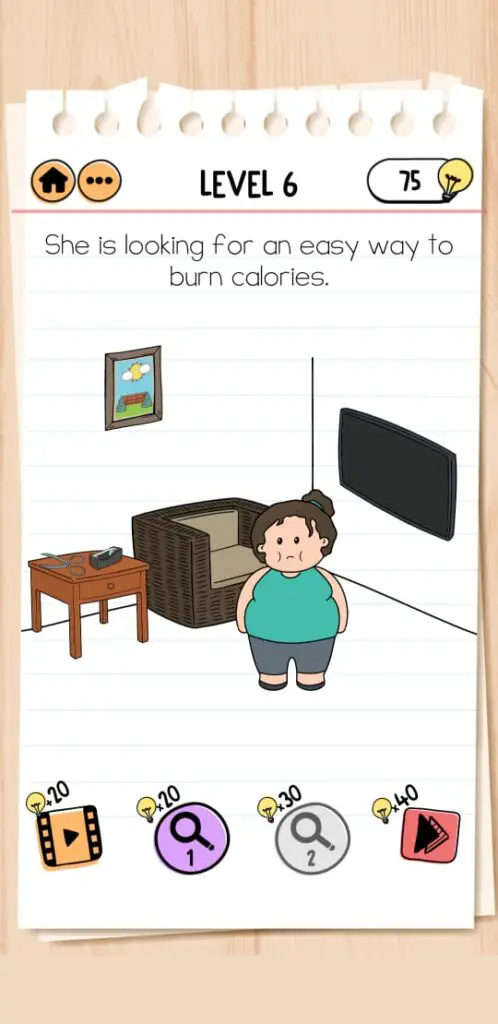
Net force and acceleration always have the same direction. (Down is defined as the direction things move when allowed to fall freely.) W = mg

Weight is mass times gravity (the value of the gravitational field on Earth). In this problem, acceleration is computed from its definition. If there was drag, it would point opposite the direction of the bird's motion (in other words, backward).ĭetermine the following quantities for the goose in flight… An object accelerating forward must have some force pushing it forward. A winged object like a bird needs some force to keep it aloft. The mass is still 4.5 kg and the bird still accelerates from rest to 6.0 m/s in 2.0 s.Īll objects have weight.


The speed of the elevator is decreasing since the acceleration is opposite the velocity.Ī 4.5 kg Canada goose is about to take flight. Net force and acceleration are always in the same direction, since the math says so. The mass of the cheeseburger was given in the problem and we just computed the net force a moment ago. Use Newton's second law of motion to determine the acceleration. The difference is negative, which means the net force is downward. Weight was computed in the previous part of this problem. The normal force is what the scale reads.

I think I will let up be the positive direction for this problem. This means the net force is the difference of the two forces. There are only two forces on the cheeseburger and they are opposite each other. Assume the elevator is near the surface of the Earth where gravity is around its standard value. Label the upward pointing arrow "normal" and the downward pointing arrow "weight". Try to make the upward pointing arrow look smaller than the downward one. Draw a box with one arrow pointing up and another pointing down. Normal points up, since the problem didn't say anything about the scale not being level. Weight points down, since it always does. Objects resting on solid surfaces also experience a normal force.


 0 kommentar(er)
0 kommentar(er)
